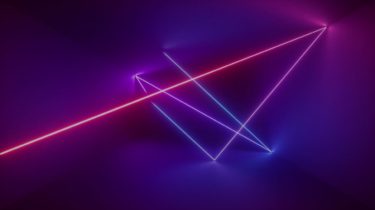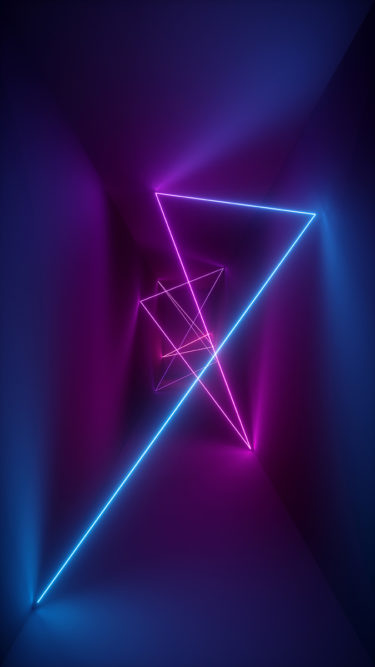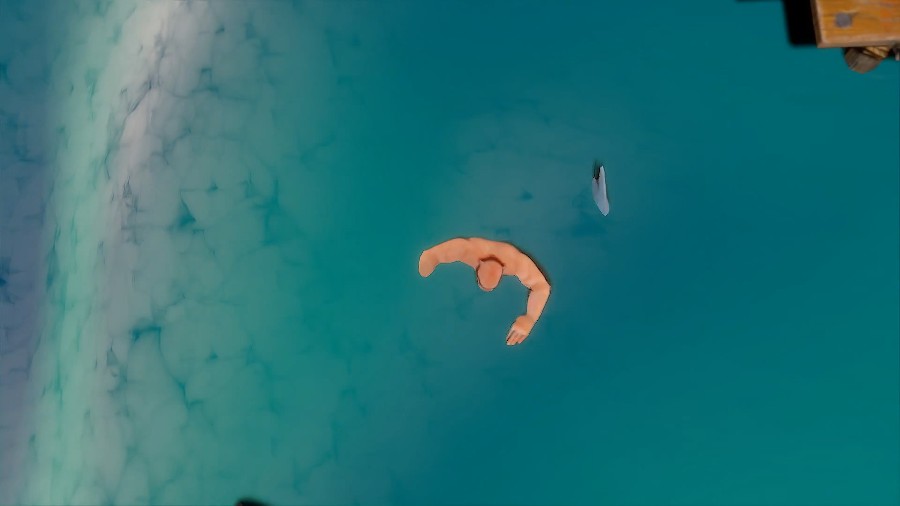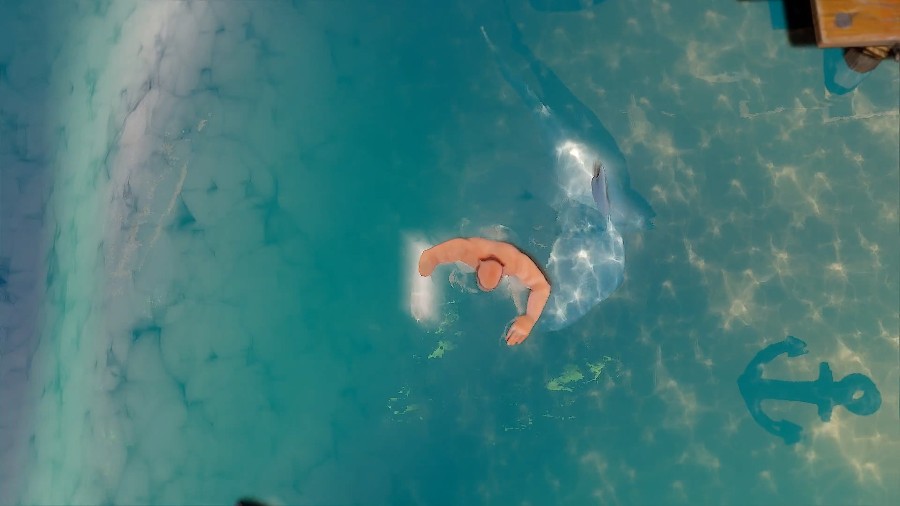Imagination
Ray Tracing


What is ray tracing?
Ray tracing is different.
It works similarly to how light works in the real world. Photons are released from a light source and bounced around the scene until they reach the viewer’s eye. As light interacts with objects, it is obstructed, reflected, or refracted by the items along the way. Resulting in realistic shadows and reflections, including off-screen objects.
This approach to lighting results in considerably more realistic images, boosting visuals while simplifying the lighting process for content creators.
To learn more on the fundamentals of ray tracing read our white paper, “Shining a Light on Ray Tracing”.

For the masses
Compared to our previous generation with the same configuration, IMG DXT delivers usable ray tracing at up to 40% lower area cost.
Our unique approach
Ray tracing is computationally expensive making it challenging to achieve in real time. To make it a reality, our unique architecture contains patented specialist hardware blocks that enable either faster full ray tracing or an efficient hybrid rendering approach that combines traditional rasterisation techniques with ray tracing for realistic lighting, reflections, and shadows.
With IMG DXT, our latest GPU, Imagination has introduced a unique scalable design that can deliver a ray tracing solution in a number of sizes to meet the power and area demands of a wide variety of markets. It also offers new efficiency features to boost the effectiveness of ray tracing, even in configurations that deliver more modest ray budgets.
Choose DXT for a solution that can deliver the optimal balance between image quality and performance.


A visual revolution
As the realism that ray tracing provides becomes the norm on PCs and consoles consumers will expect similar levels of quality on their portable devices. Imagination’s PowerVR architecture-based GPUs are renowned for delivering console-quality graphics on portable devices. Imagination Ray Tracing will continue to deliver the same for the next generation of devices.
Our ‘mobile-first’ approach to ray tracing, with efficiency at its heart, makes it an ideal fit for battery-constrained devices. It promises to bring new levels of visual quality to mobile.
Ray tracing can also be used to enhance a variety of mobile applications, such as augmented reality apps and VR games. The inclusion of ray tracing can add a new layer of immersion.
Our PowerVR Photon architecture
As ray tracing can vary in levels of performance, we established the Ray Tracing Levels System (RTLS), ranging from Level 0 to Level 5.
The PowerVR Photon architecture represents the first Level 4 ray tracing solution. This is thanks to a new GPU block called the Ray Acceleration Cluster (RAC). By enhancing ray tracing performance and efficiency, it delivers a desktop-quality ray traced experience for mobile gamers and developers.
What level are you at?
To learn more about the unique features offered by Imagination Ray Tracing, such as the Coherency Engine, download our white paper.
Ray tracing in the palm of your hand
IMG DXT
IMG DXT offers everything a customer might need in a GPU for them to integrate it into their next-generation game-ready mobile devices. Delivering even greater performance levels and power efficiency while bringing affordable and usable ray tracing into the mainstream.
IMG CXT
A sweetspot core for premium mobile devices. CXT enables advanced effects like ray traced soft shadows, reflections and global illumination to create beautifully realistic game worlds. This was previously reserved for the highest level desktop GPUs.
PowerVR Photon
The most advanced ray tracing architecture in the world, enabling desktop-level ray tracing for mobile.
Frequently asked questions
Ray tracing is a technique used in computer graphics to create highly realistic images by simulating the way that light interacts with objects in a scene. The process of ray tracing can be broken down into the following steps:
Casting rays: The first step in ray tracing is to cast rays from the camera through each pixel in the image plane and into the scene. These rays simulate the paths that light would take from the objects in the scene to the camera.
Intersecting with objects: As the rays travel through the scene, they may intersect with objects such as walls, floors, and other objects. When this happens, the ray is reflected, refracted, or absorbed by the object based on its material properties and the angle of incidence of the ray.
Calculating lighting: As the rays travel through the scene, they may also intersect with light sources such as lamps or the sun. When this happens, the colour and intensity of the light is calculated and added to the final colour of the pixel.
Combining colours: The colours of each pixel are calculated based on the materials the rays touch, the angles at which they touch them and the properties of the lights they finally intersect with.
Many modern video games use ray tracing to create highly realistic lighting and shadows. Ray tracing allows game developers to simulate the way that light interacts with objects in a scene, which can make virtual environments feel more immersive and lifelike.
Some examples of games that use ray tracing include:
- Cyberpunk 2077: This open-world action RPG from CD Projekt Red uses ray tracing to create highly realistic reflections, shadows, and global illumination.
- Control: This third-person action game from Remedy Entertainment uses ray tracing to create realistic reflections, shadows, and global illumination, as well as to simulate the way that light bounces off of surfaces.
- Minecraft: The popular sandbox game from Mojang uses ray tracing to create highly realistic lighting and shadows, as well as to add reflections and other visual effects.
- Call of Duty: Modern Warfare: This first-person shooter from Infinity Ward uses ray tracing to create realistic shadows, ambient occlusion, and reflections.
- Battlefield V: This first-person shooter from DICE uses ray tracing to create realistic reflections, ambient occlusion, and global illumination.
Ray tracing can also be used to accelerate the game development pipeline. The technology makes it quick and easy for artists to visualise the impact of changing the location, brightness, size or colour of a light source.
Read more on why gamers and developers should care about Ray Tracing.
Rasterization is a technique where a scene is rendered by projecting 3D objects onto a 2D screen, and then filling in the pixels with colours based on the object’s surface properties and lighting conditions. Rasterization is an efficient technique and well-suited for real-time applications such as video games.
On the other hand, ray tracing is a technique that simulates the behaviour of light as it interacts with objects in a 3D scene. In ray tracing, rays are traced from the camera through the scene, and the colours of the pixels are determined based on the objects and lights with which the rays interact. Ray tracing produces highly realistic images with accurate lighting and shadows, but it is computationally intensive and requires either a lot of processing power or specialist hardware.
One key difference between rasterization and ray tracing is how they handle reflections and shadows. Rasterization often uses simplified techniques to simulate reflections and shadows, which can result in less realistic images. Ray tracing, on the other hand, simulates the behaviour of light in a more accurate way, which can lead to more realistic reflections and shadows.
Rasterization is a fast and efficient technique for rendering images in real-time, while ray tracing is a more computationally intensive technique that produces highly realistic images with accurate lighting and shadows. To find out more checkout our blog ray tracing vs rasterization
